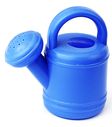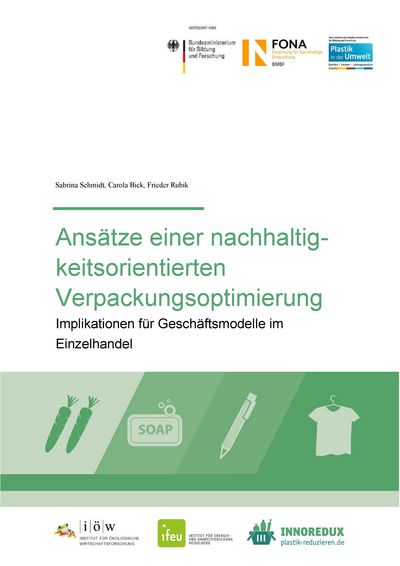Environmentally Friendly Packaging Improvements Consequences for Retail Business Models
The volume of packaging is constantly increasing. This applies equally to the product packaging we see on the shelves, transport packaging along the supply chain and shipping packaging. Plastic packaging, with its short life span and low global recycling rates, contributes to the accumulation of macro- and micro-plastics in the environment - with uncertain effects on people and nature. And replacing plastic with paper and glass is not always more environmentally friendly. Instead, it is necessary to actively and systematically reduce the supply and demand of short-life packaging as a preventive measure. Companies are in a strategically important position to bring about effective changes.
The retail trade is already implementing individual measures to reduce packaging. However, a comprehensive strategy is missing. The research project Innoredux intends to show how integrating packaging reduction measures on the business model level can pave the way for a proactive and long-term sustainable corporate behaviour.
First result is a taxonomy of sustainability-oriented packaging improvements (SOPI taxonomy). The identified approaches describe six ways of achieving a more ecologically sound packaging alternative. These range from no and reduced packaging to reusable and substituted packaging and more complex processes such as redesigning packaging or offering additional services.
We describe the possible consequences of introducing new packaging solutions in a differentiated manner at business model level with the help of the Business Model Canvas from Osterwalder and Pigneur and use it to develop types of packaging-reducing business models in the retail trade. Managers can explore which packaging innovations are suitable for their company and assess which changes would go hand in hand with them. This reduces uncertainties in the otherwise complex innovation processes.



